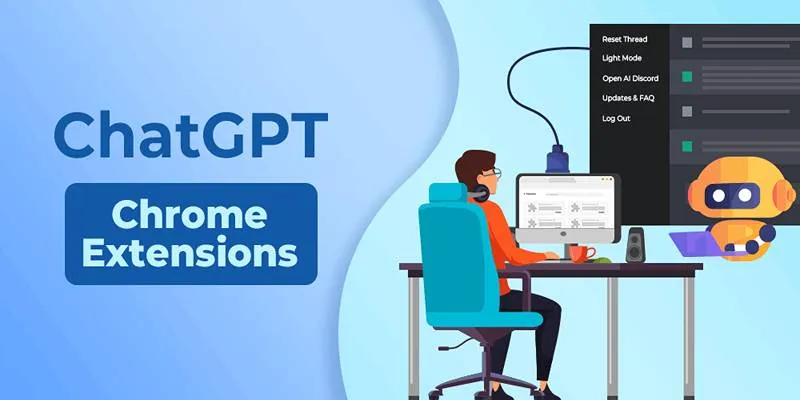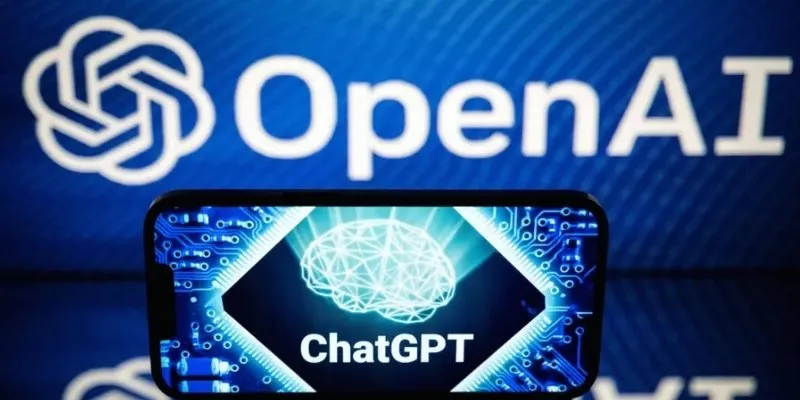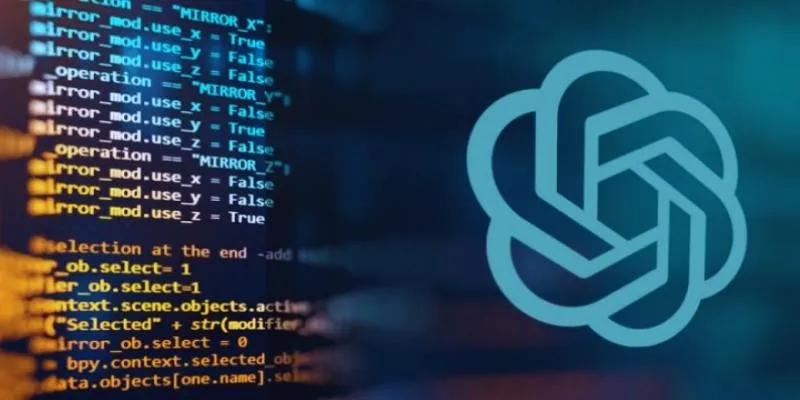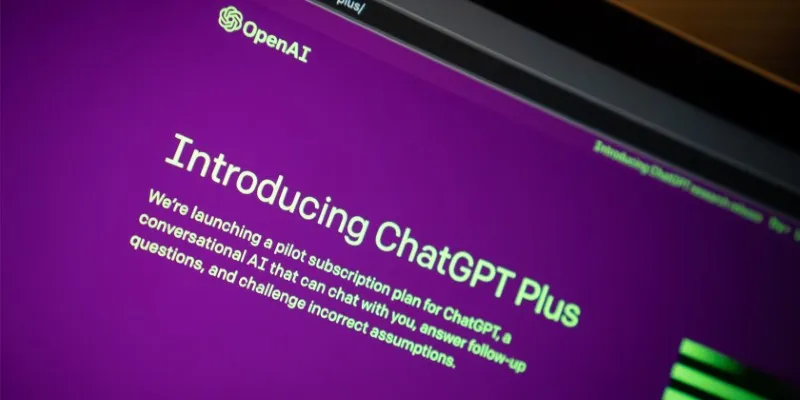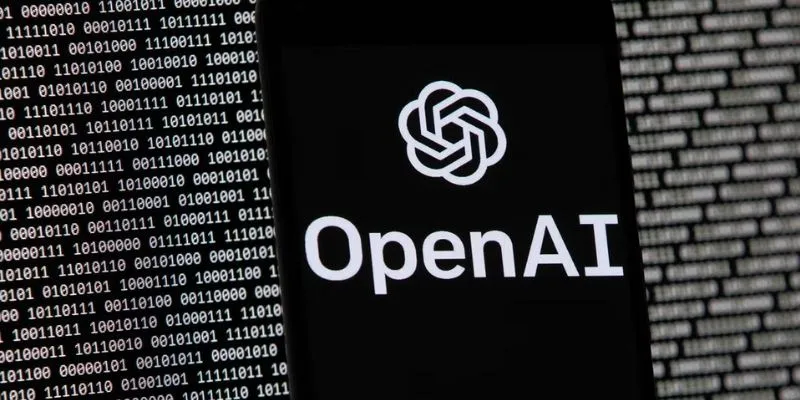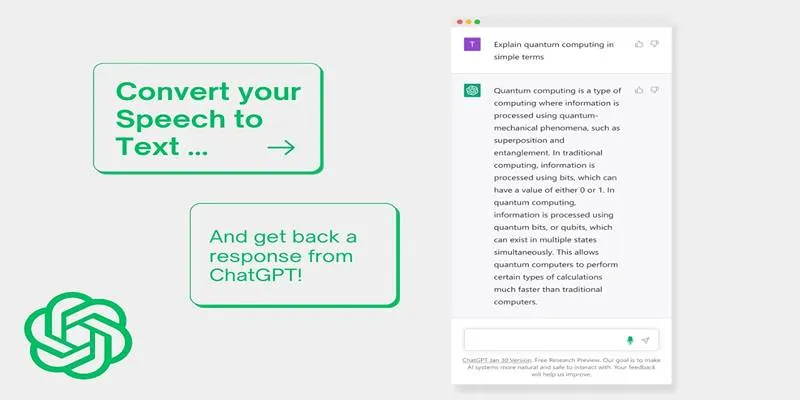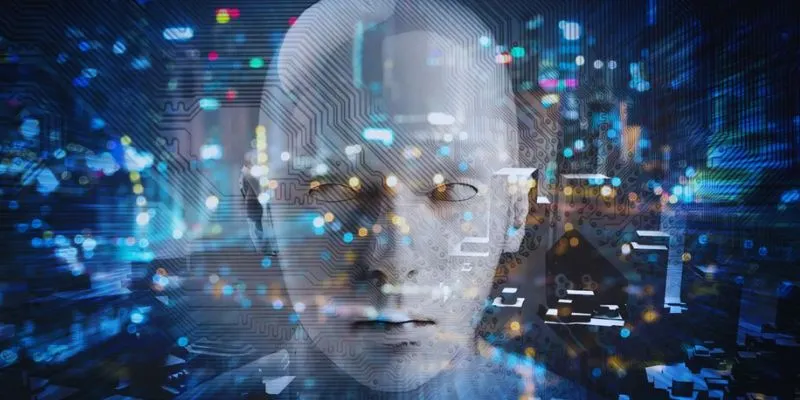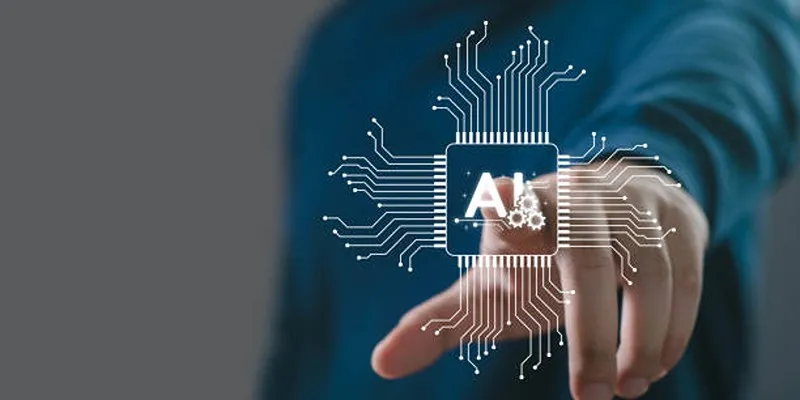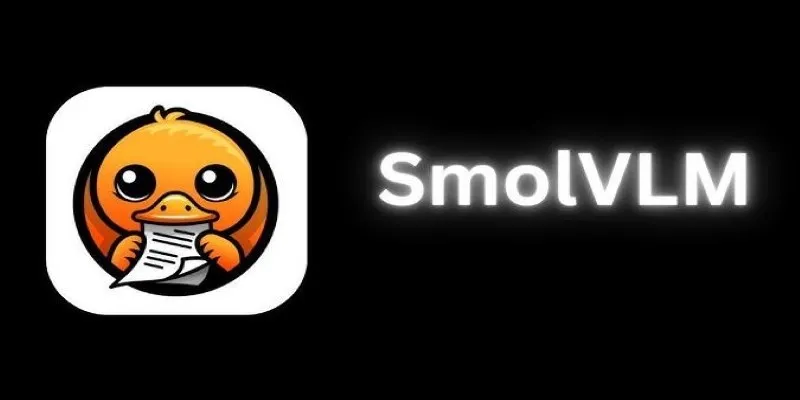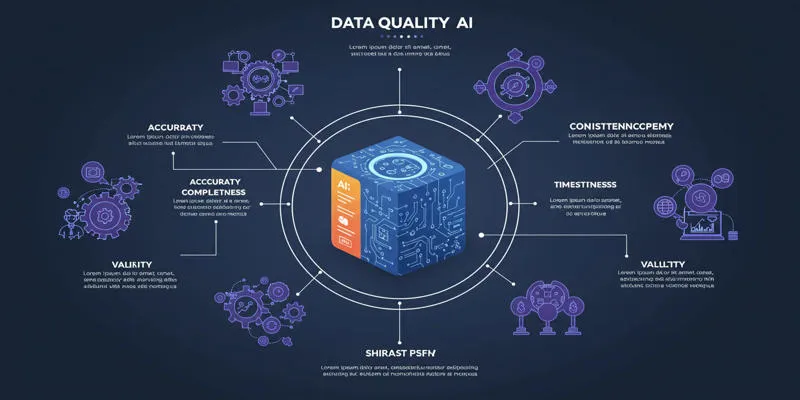In the fast-paced world of digital content creation, maintaining originality, stability, and quality across multiple projects can be challenging and time- consuming. Content creators—from writers and marketers to video producers and live streamers—are under constant pressure to deliver engaging material. Increasingly, professionals in these fields are turning to artificial intelligence (AI) tools such as ChatGPT to streamline their processes, enhance creativity, and improve the final quality of their content.
While ChatGPT is often seen as a tool for content generation, its true potential lies in assisting creators throughout the creative process. When used strategically, ChatGPT can function as an editor, critic, brainstorming partner, or project planner. This post explores how creators can use ChatGPT to improve their content and manage creative projects more effectively—without compromising originality or voice.
Providing Clear Context and Setting Defined Roles
One of the most effective ways to use ChatGPT in content development is to assign it a role. For example, a creator working on a YouTube script might ask ChatGPT to act as a video production consultant, focusing on viewer engagement and clarity. A blogger could position it as a digital editor specializing in SEO and storytelling structure.
Clear role assignment ensures that ChatGPT’s responses align with the goals of the project. In this setup, the content creator remains the primary author and visionary, while the AI acts as a tool for polishing and problem- solving.
Creators are encouraged to provide as much context as possible—such as the type of content, target audience, platform, and desired tone. This approach helps ChatGPT generate more relevant, actionable feedback.
Using ChatGPT for Content Refinement

A major strength of ChatGPT is its ability to enhance clarity, coherence, and style in written content. Whether it’s a video script, blog post, or newsletter draft, creators can use ChatGPT to review and refine their work. The model can identify redundant phrasing, inconsistent tone, or weak transitions that the author may have overlooked.
Unlike generic editing tools, ChatGPT can also respond to high-level creative goals. For instance, if a paragraph lacks emotional impact or if a section feels unfocused, the AI can offer suggestions to restructure ideas or sharpen key messages—all while preserving the original content’s intent.
This feedback is especially valuable when working under deadlines, where a second set of eyes—even a virtual one—can catch issues that might otherwise go unnoticed.
Enhancing Creativity Without Replacing It
While ChatGPT is not inherently creative, it is an excellent tool for prompting creative ideas. Writers experiencing a creative block, marketers looking for campaign themes, or streamers planning new video segments can use ChatGPT to explore possibilities and uncover angles they might not have considered.
For creative professionals, one of the biggest challenges is ideation—coming up with fresh content regularly. ChatGPT can help spark new directions by presenting multiple variations on a theme or by asking probing questions that push the creator to think more deeply. These AI-generated insights are not final outputs but rather jumping-off points for human creativity to take the lead.
Editing for Structure, Tone, and Engagement
The structure is often what separates good content from forgettable content. A disorganized flow, unclear transitions, or abrupt conclusions can leave audiences confused or disinterested. ChatGPT can assist by analyzing the structure of content and suggesting reorganizations to improve readability and narrative flow.
Additionally, tone and engagement are crucial in maintaining audience attention. ChatGPT can help creators adjust the tone of their content to better suit their target demographic, whether that means sounding more professional, conversational, inspiring, or entertaining. Creators can submit their drafts to ChatGPT with specific requests.
Optimizing Cross-Platform Content
Modern content creation often involves distributing material across multiple platforms. A single idea might appear as a blog post, social media caption, newsletter section, and YouTube video. ChatGPT can assist with adapting core messages to suit the conventions of different platforms.
For example, a lengthy article can be condensed into a concise email or broken down into bullet-point lists for social media. A live stream outline can be restructured into a video script or infographic. By using ChatGPT to reformat or repurpose content, creators can save time while maintaining brand consistency.
Continuous Improvement Through Feedback Loops

One underutilized feature of ChatGPT is its memory within a session. As creators continue to refine their content using the AI, they can offer feedback on its suggestions. If a proposed rewrite misses the mark, the user can specify why and ask for a revision. This feedback loop helps ChatGPT fine-tune its responses over time.
The more feedback the AI receives—such as “This is too generic” or “Try a more casual tone”—the better it becomes at offering personalized, relevant suggestions. This iterative process enables creators to gradually mold the AI into a virtual assistant that understands their voice and preferences.
Encouraging Ethical, Original Content Creation
Using ChatGPT as a creative assistant rather than a content generator helps maintain ethical integrity in the creative process. By refining and enhancing original work instead of producing it outright, creators retain full authorship and originality. This distinction is important in professional environments where authenticity, ownership, and credibility are critical.
When creators rely on AI to suggest improvements rather than produce content, they not only avoid ethical pitfalls but also preserve their unique voice and storytelling approach.
Conclusion
ChatGPT offers powerful capabilities for content creators who seek to elevate their work without compromising their creativity or authenticity. By assigning the AI specific roles, providing rich context, and using it primarily for editing, feedback, and ideation, creators can improve the quality and efficiency of their projects.
Rather than a content factory, ChatGPT should be seen as a supportive tool—a digital collaborator that helps creators think more clearly, write more effectively, and plan more strategically. As AI tools continue to evolve, their most valuable role will be in empowering human creativity, not replacing it.
 zfn9
zfn9
